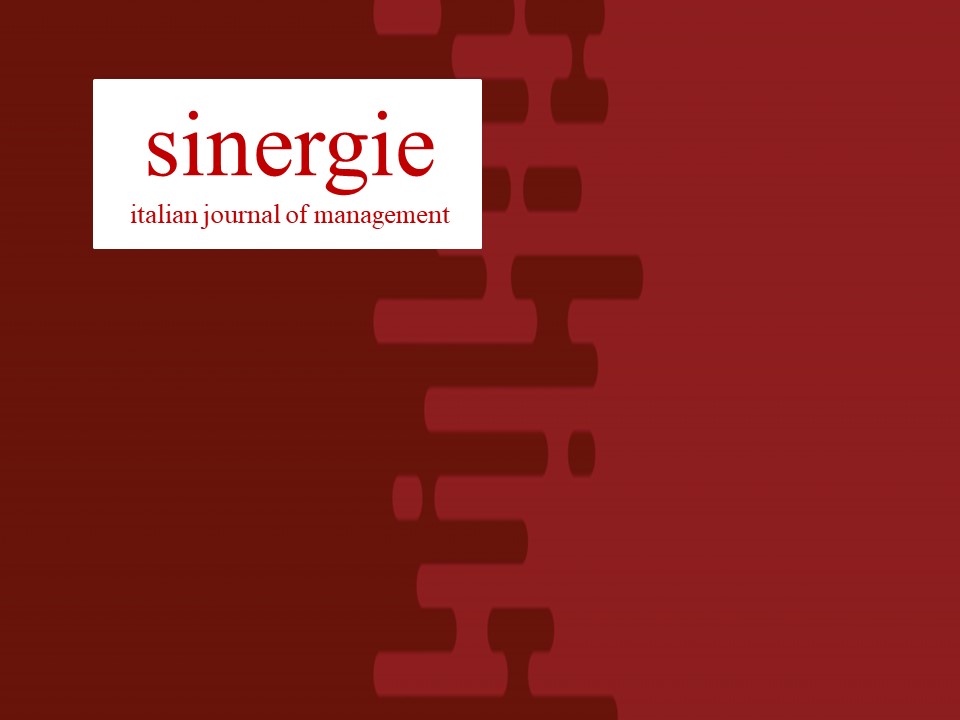Strategic reactions of Italian firms to globalization under the EMU
Purpose of the paper: The paper aims to investigate the strategic choices of Italian firms in response to globalization under the European Monetary Union.
Methodology: Firms are classified into four groups according to their productive efficiency and productivity dynamics. The probability of the firms to fall into each category is estimated using a multinomial logit regression.
Findings: We show that the firms followed different strategies to respond to globalization under the constraints of the European Monetary Union. Human resource strategies were at the core of strategic options: the firms that showed sustained productivity growth used a more qualified, higher salaried workforce, whereas other firms tried to keep up with the pace by lowering labour costs and exploiting the dualism of market labour.
Research limits: The study is based on a sample of continuing firms. It does not consider the real effects of entry and exit on technological progress and we do not analyse the productivity dynamics related to mergers and acquisitions.
Practical implications: The dualism of the labour market allowed the regressive, short-lived adaptation of a group of firms to access increased global competition. A balanced labour market would promote investment in human capital and push firms towards the use of innovation as a competitive strategy.
Originality of the paper: This investigation is based on an original database with a wealth of information on labour forces, which allows us to study firm strategies. The use of efficiency measures, combined with the ordered logit model, permits a novel look at the dynamics of the strategies of Italian firms.


